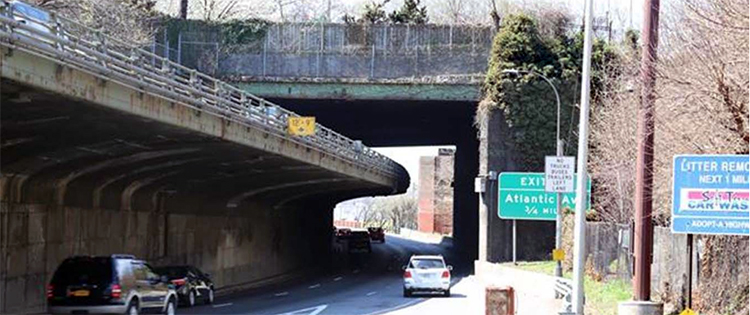DOT: BQE rehab must be completed by 2026 or trucks could be diverted through residential streets
Brooklyn Heights residents need to get involved now, BHA says

At a meeting hosted by the city’s Department of Transportation (DOT) Monday night, concerned Brooklyn residents heard new information about the timeline of the massive Brooklyn-Queens Expressway (BQE) rehabilitation project.
The seven-year project will restore the crumbling 1.5 mile stretch of the BQE between Atlantic Avenue and Sands Street, a segment that includes the triple cantilever underpinning the Brooklyn Heights Promenade. DOT calls the 1.5 mile stretch of roadway “one of the most critical and complex sections of urban expressway in the nation.”
Inspections of the roadway and its 21 bridges have produced new data about how long the existing structure will last before it becomes seriously dilapidated.

Brooklyn Heights
View MoreRead the Brooklyn Height's Press and Cobble Hill News. Find out more about Brooklyn Height's History here.